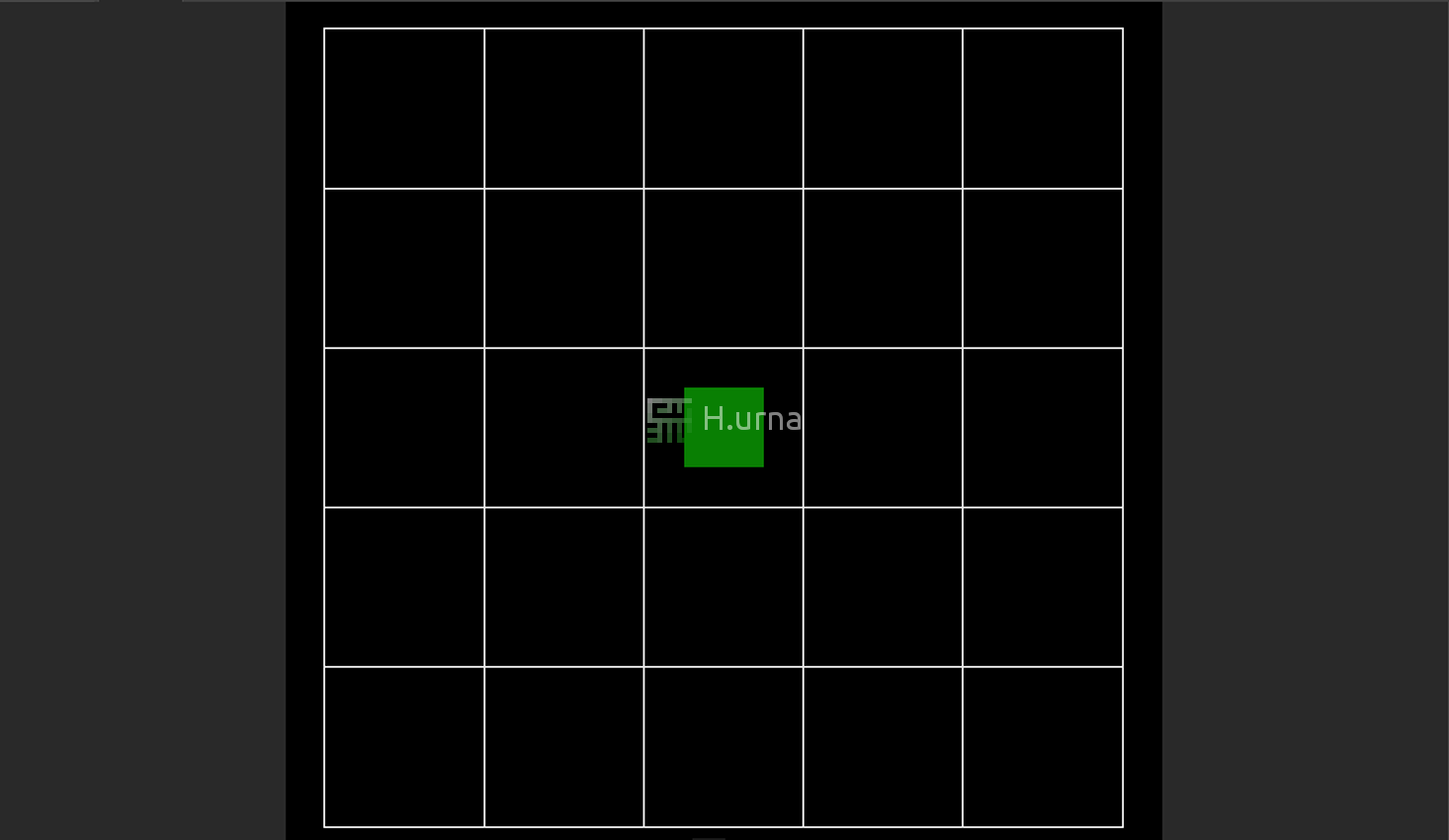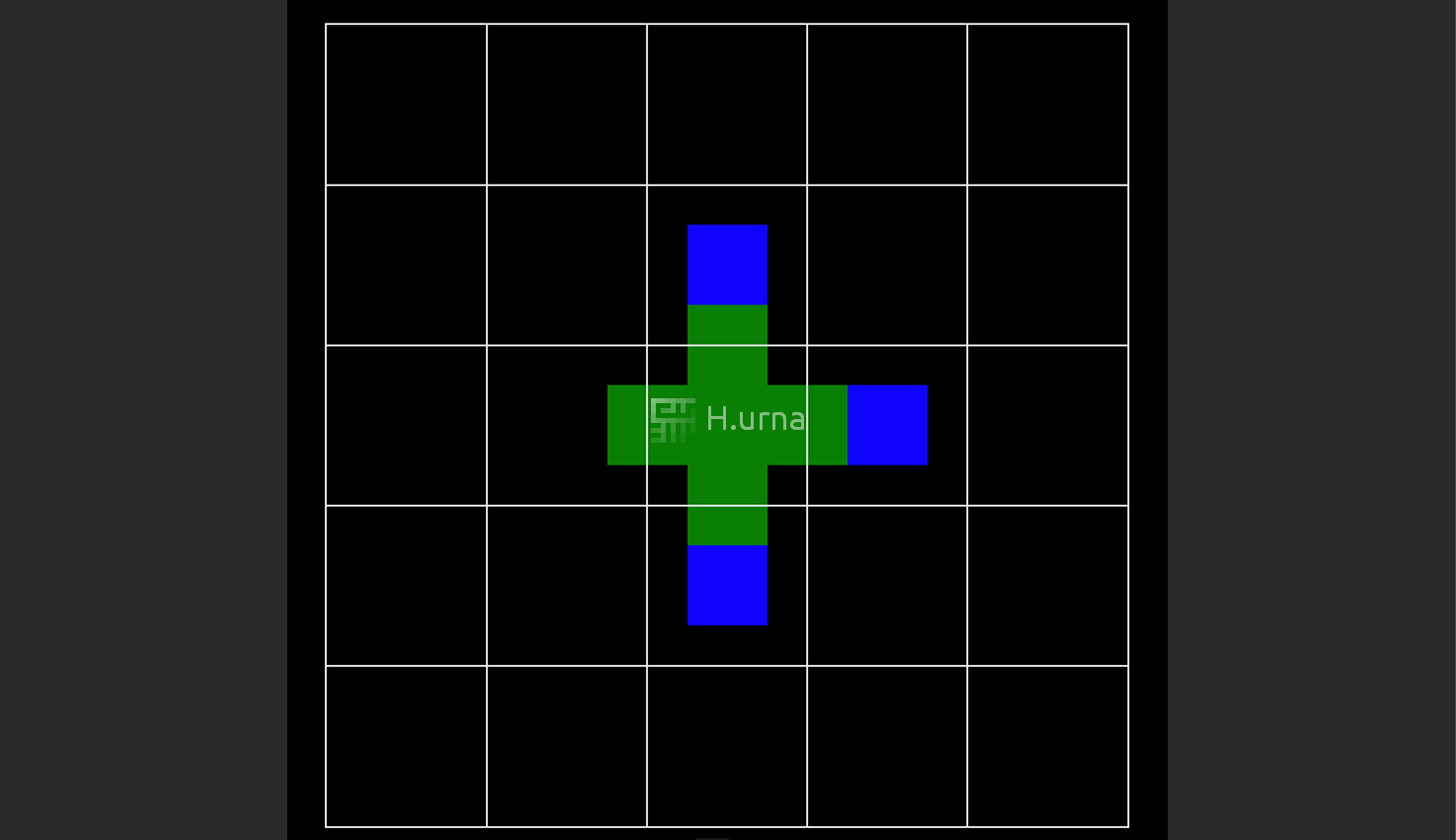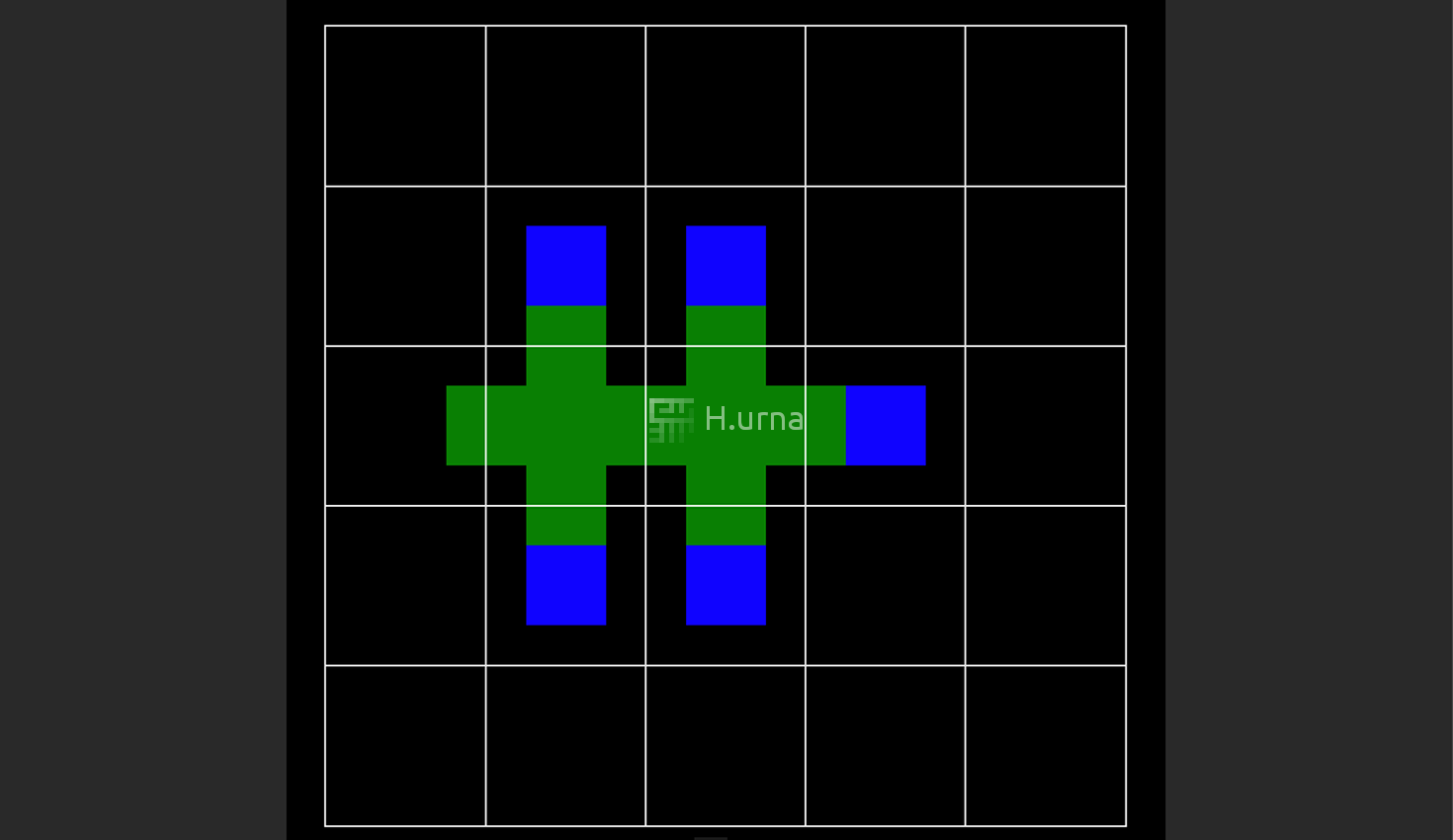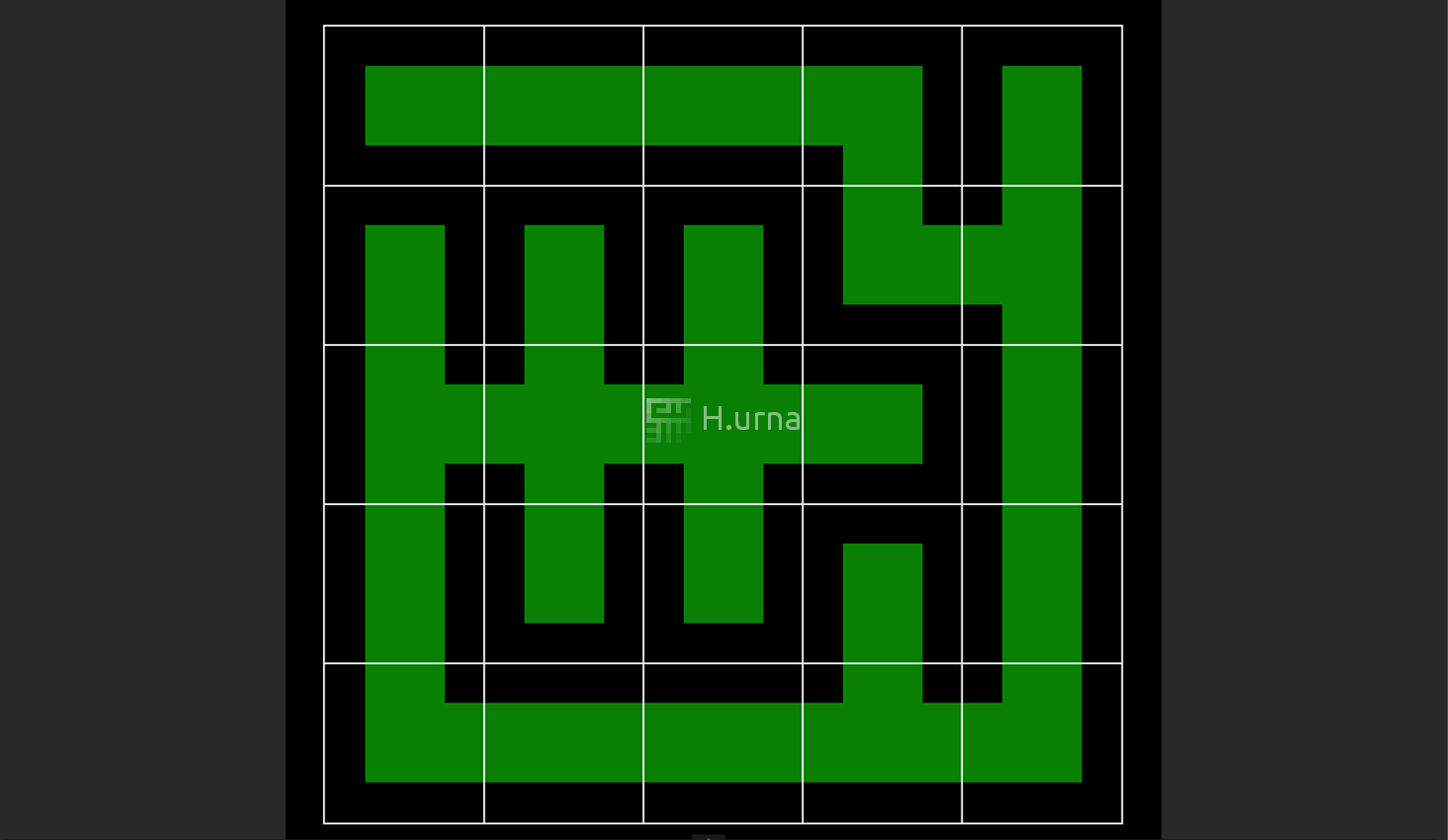Quick Access
Description
Depth First Search (DFS) Maze Generator is a randomized version of the depth-first search traversal algorithm. Implemented with a stack, this approach is one of the simplest ways to generate a maze.
How To Build
Let us first have a look at the DFS traversal algorithm: One starts at any cell and explores as far as possible along each branch before backtracking.
To generate a maze, we have to randomize the traversal: meaning we pick a random but unvisited neighbor to continue our traversal. When we hit a dead end (cell with no unvisited neighbors), we 'backtrack' to the most recent cell in the stack.
Steps
- Choose a starting cell in the field and add it to the stack.
- While there is a cell to be handled in the stack:
- 1. Pop cell from the top of the stack.
- 2. Connect and visit all available neighbors from the bottom, left, right, top and unvisited.
- 3. Randomly select the one to be on the top and Push those neighbors on the stack.
Code
Maze DFS(int width, int height, Cell startCell)
{
Maze maze(width, height);
Stack pathStack(startCell);
// While there is node to be handled in the stack
while (!pathStack.empty())
{
// Handle the cell at the top of the stack:
// Get available neighbors from bottom, left, right, top and unvisited
Cell cell = pathStack.pop();
auto neighbors = GetAvailableneighbors(maze, cell);
// If there is available node to process (loop to backtrack - 'pop' otherwise)
if (!neighbors.empty())
{
// Randomly select a node to be processed
auto randIdx = Random() % neighbors.size();
// For each available node: connect to the cell, mark it as visited
// and push it into the stack.
for (auto i = 0; i < neighbors.size(); ++i)
{
cell->Connect(Cell::Visite(neighbors[i]));
// Only the chosen item should be add to the top following a DFS strategy
if (i != randIdx) pathStack.push(neighbors[i]);
}
// Add the chosen node as the next one to be processed
pathStack.push(neighbors[randIdx]);
}
}
return maze;
}
Texture
Mazes generated have a low branching factor and contain many long corridors, because the algorithm explores as far as possible along each branch before 'backtracking' (using the previous cell on the stack).
The River characteristic means that when creating the Maze, the algorithm will look for and clear out nearby cells: It flows into the Maze like water. DFS Mazes tend to have a main River, resulting in a large amount of short dead ends.
All of this makes depth-first an excellent algorithm for generating mazes in video games.
In mazes generated by that algorithm, it will typically be relatively easy to find the way to the root since most paths lead to or from there, but it is hard to find the way out.

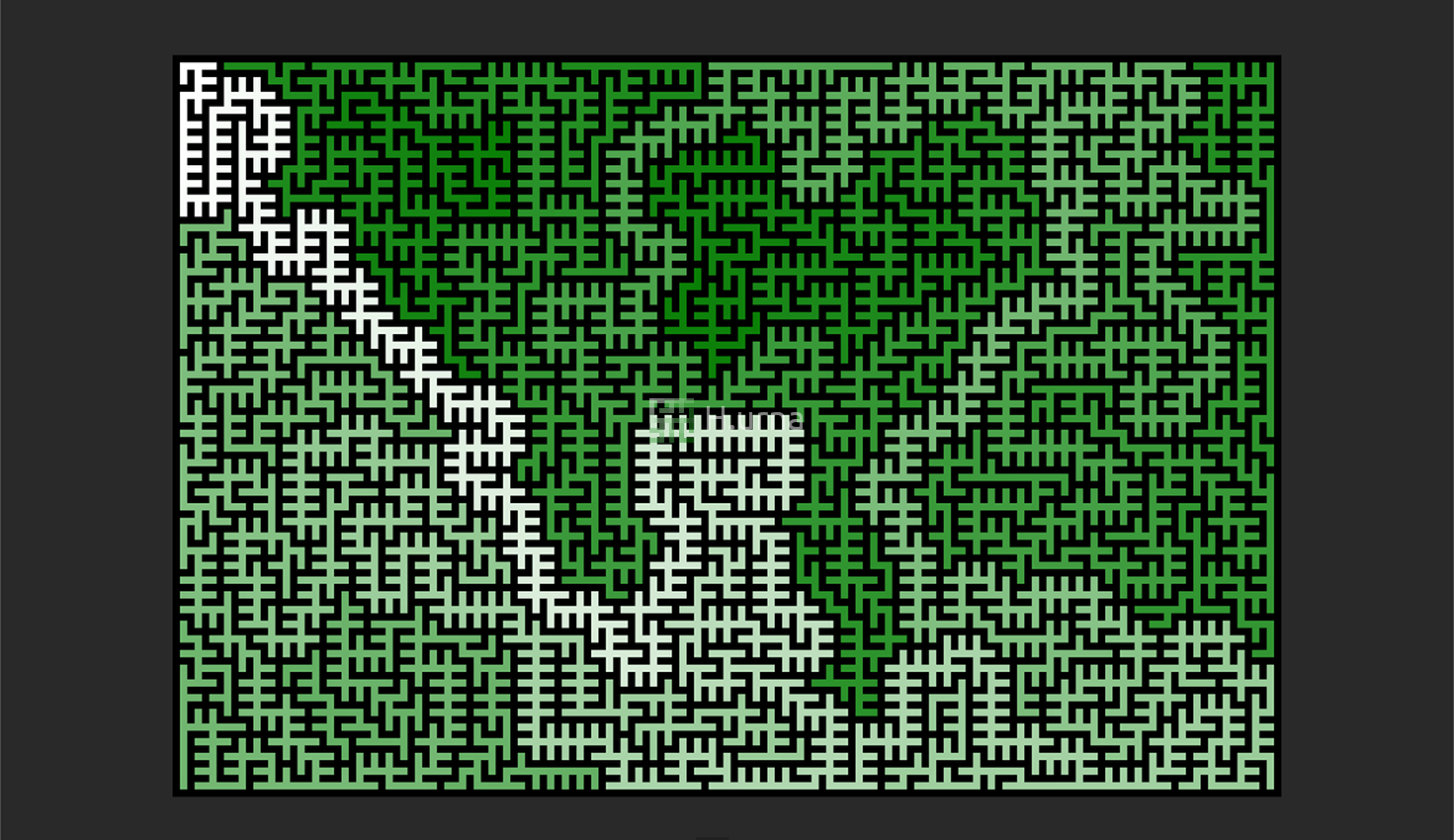

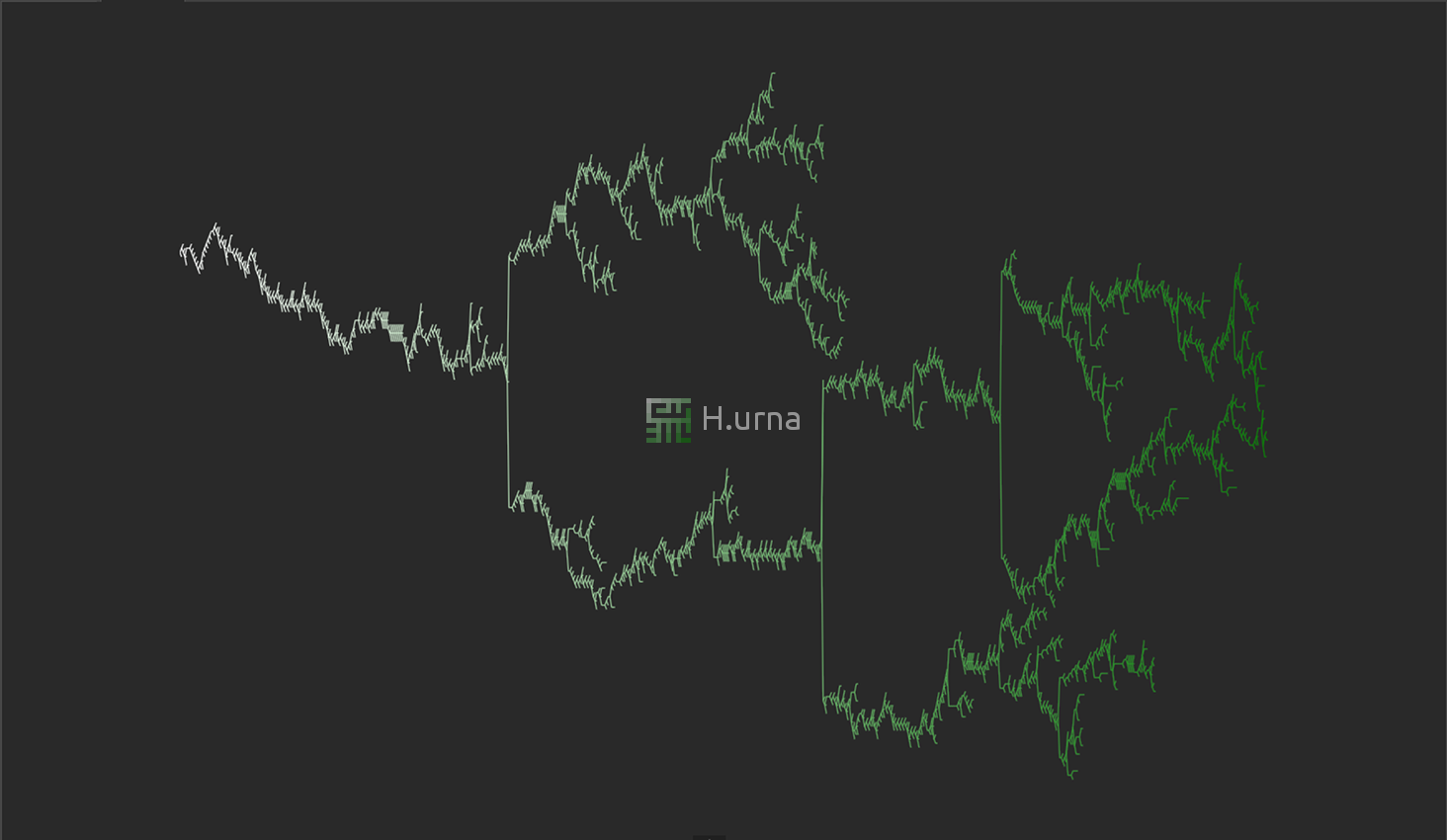
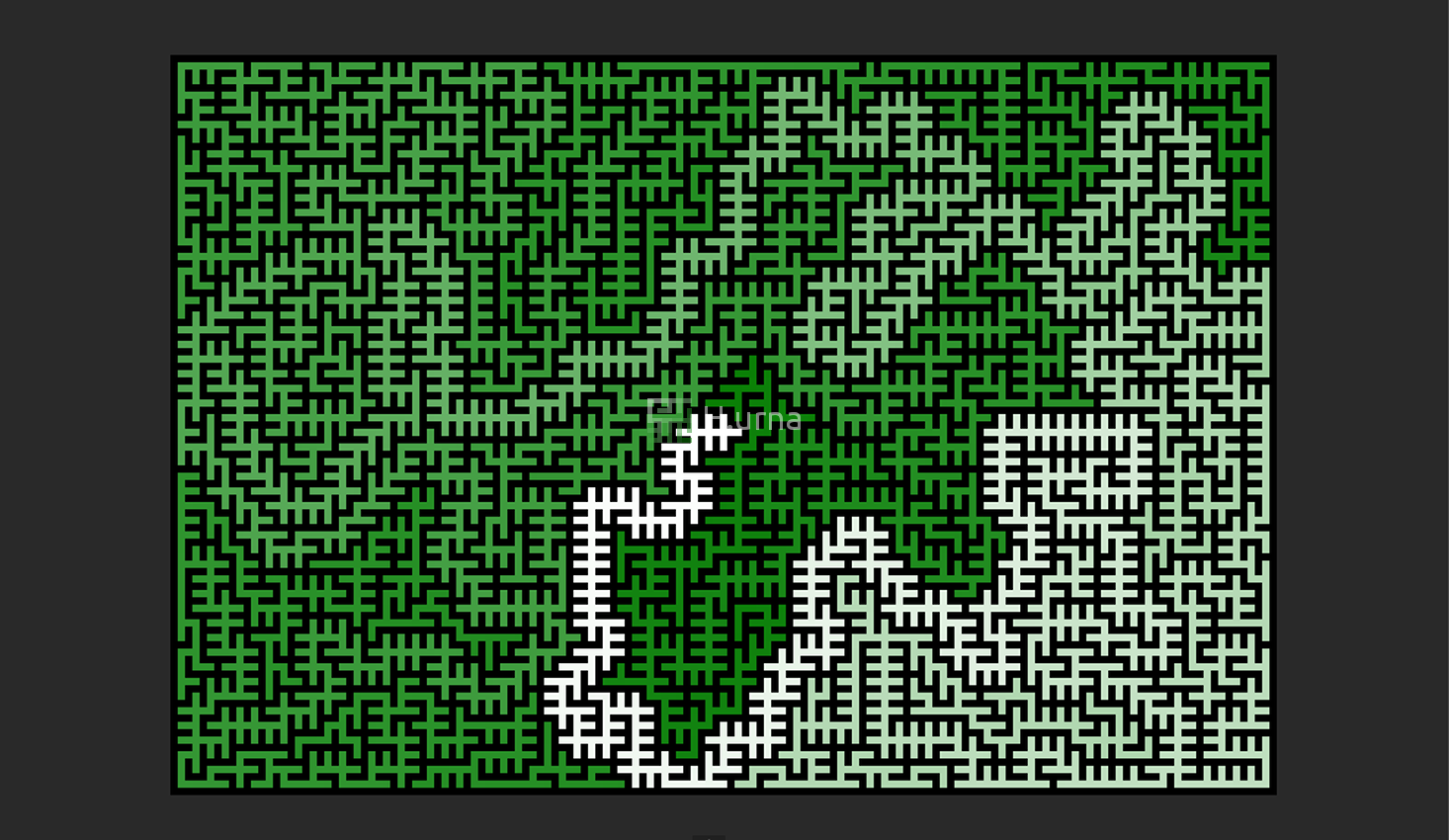
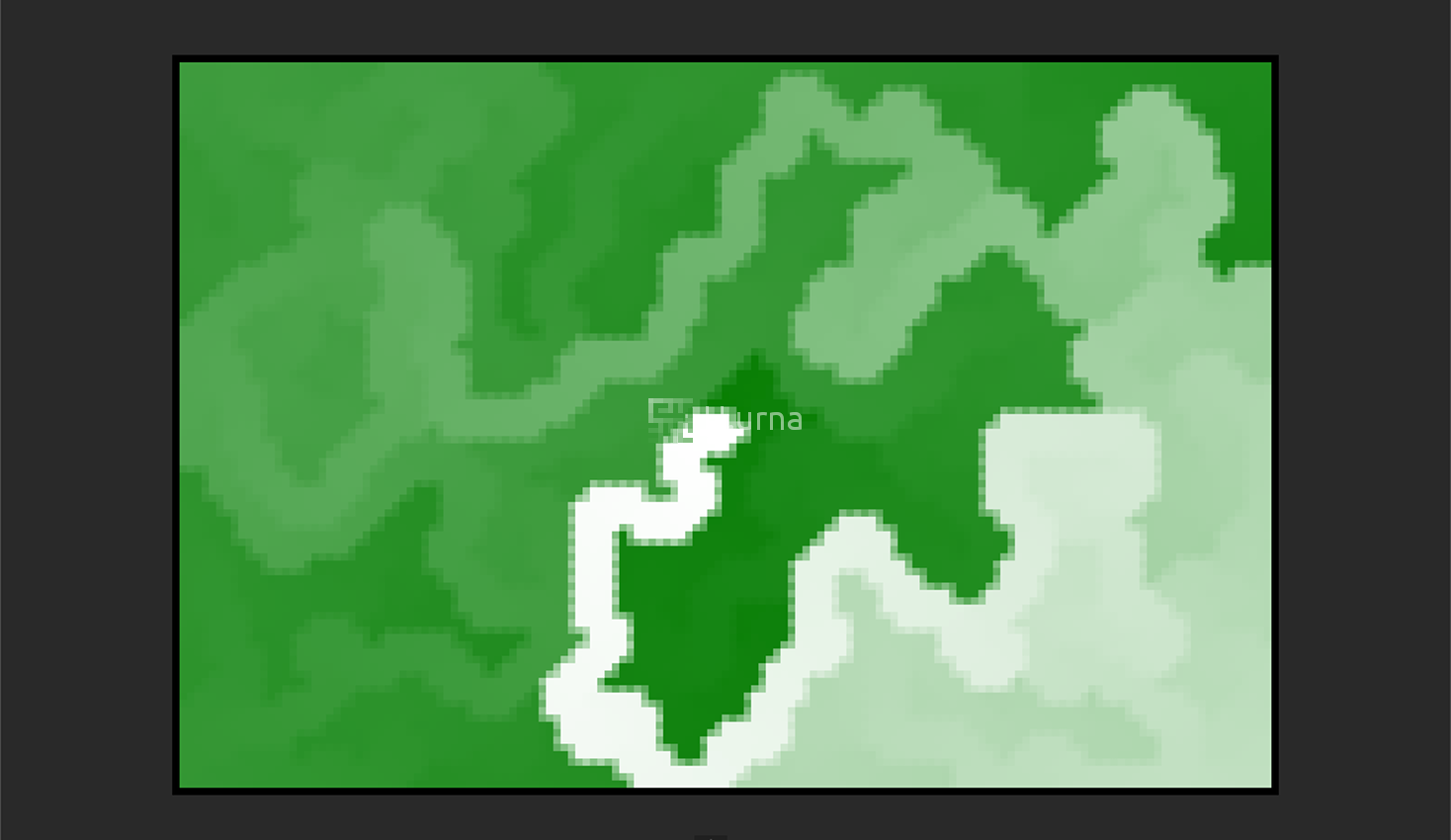

 Play online
Play online
 C++ Source Code
C++ Source Code
